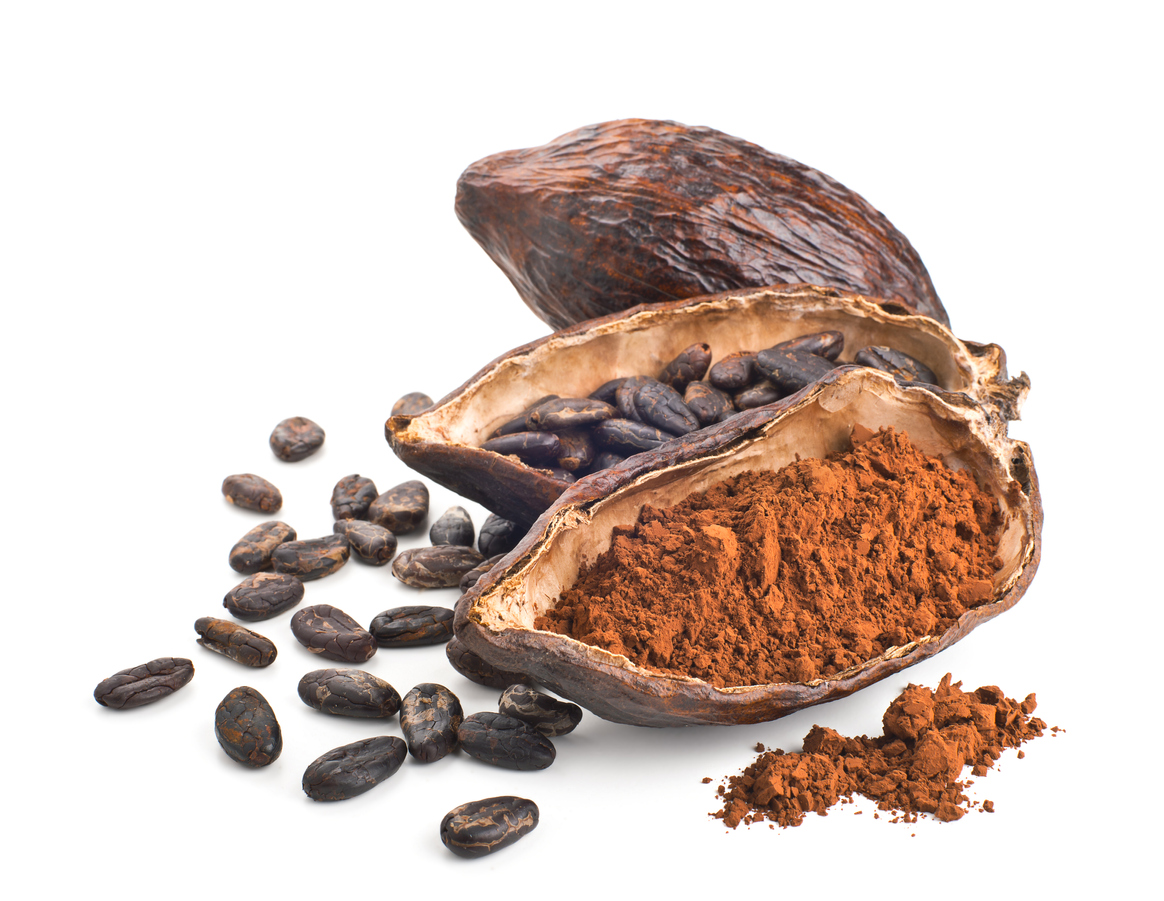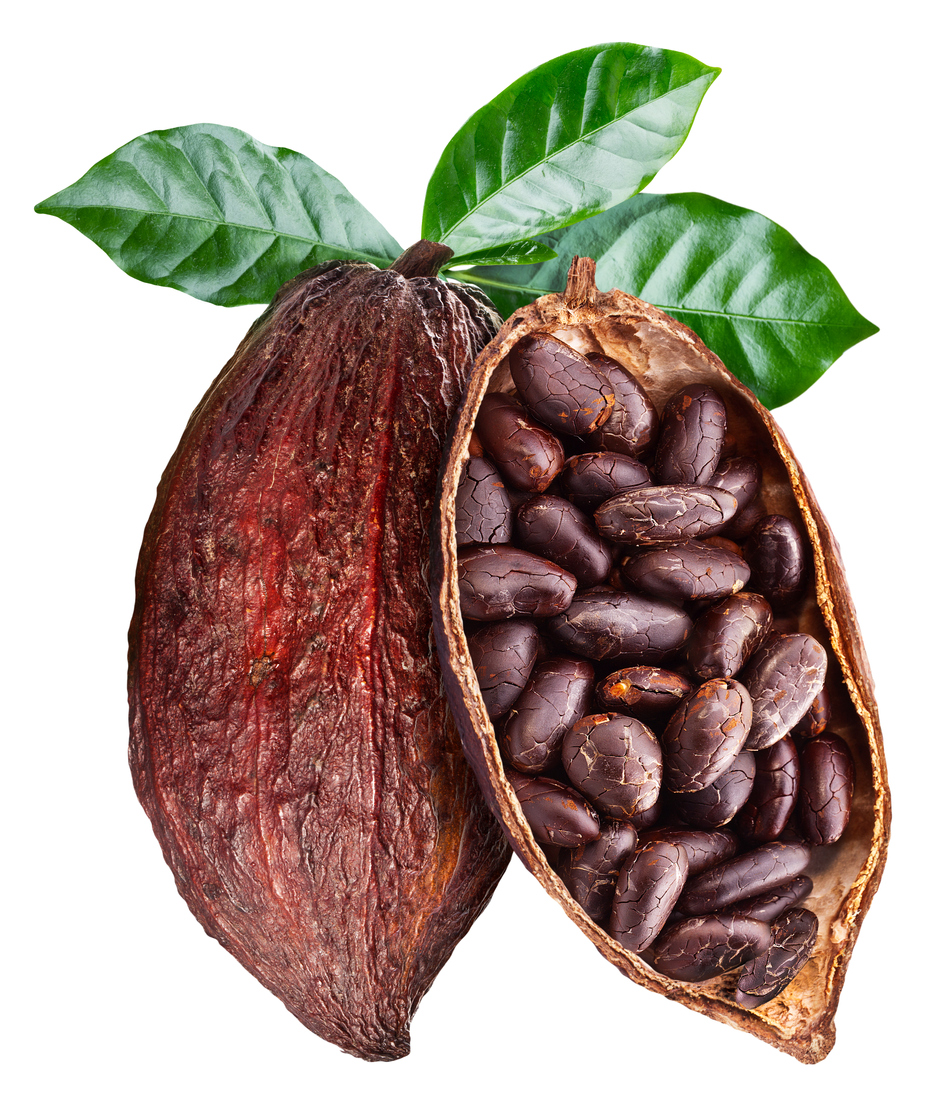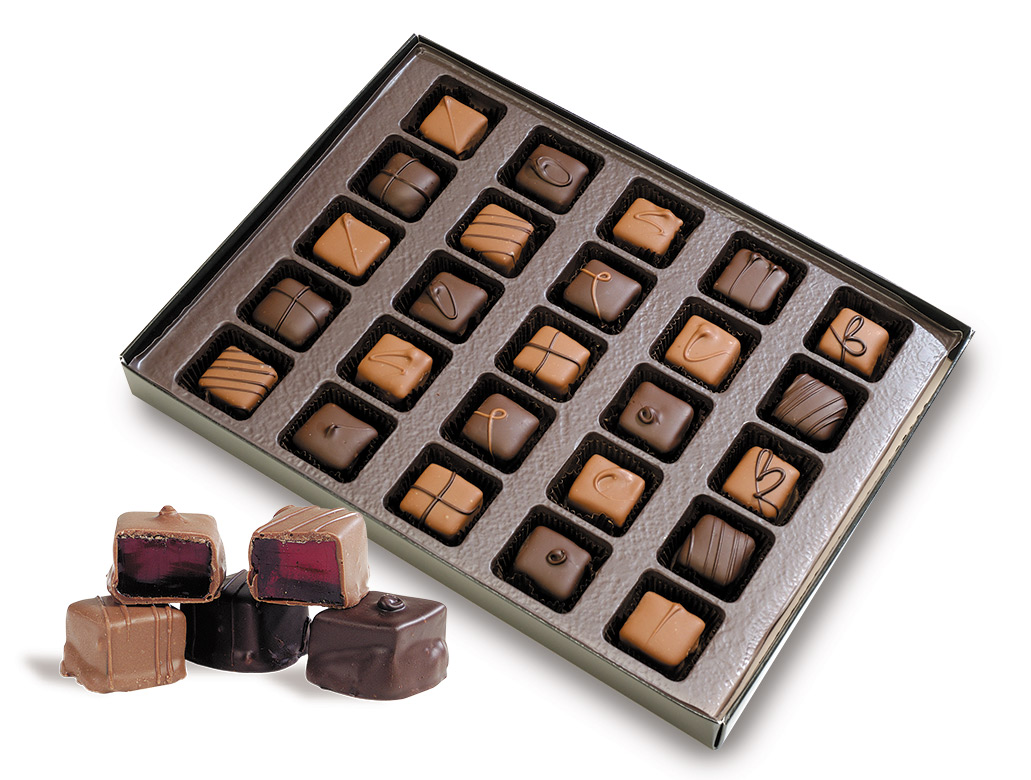
CHOCOLATE AS WE KNOW IT TODAY — creamy, sweet, smooth, and refined — is a relatively modern concoction. For most of its thousands of years, the seeds of the cacao tree were used by the Maya and Aztecs to make a spicy, oily drink they called xocoatl.
Xocoatl was made by grinding roasted cacao beans together with chilis and cornmeal then mixing in water and whipping it up. Adding sugar to make sweet chocolate was an invention to come much later.

The Spanish conquerer of Mexico, Herman Cortes, brought the beans back to Europe in 1521. They became an instant hit. Unfortunately for the general public they remained expensive and were still only available to the very wealthy.
Over the next 100 years, the Spanish then the French discovered the most amazing thing: adding sugar produced a whole new taste and milk softened the spicy flavors! No longer was chocolate a bitter drink but could now be enjoyed hot and sweet much like the cocoa we still drink today.

During the 1800s and early 1900s, Stephen Whitman, Henri Nestlé, Milton Hershey, William Cadbury, Harry Burnett Reese, Forrest Mars, and Theodore Tobler invented candies that still bear their names and are loved by millions today.
The rest is history so go grab a piece of chocolate and enjoy it while thinking back on the thousands of years of heritage behind your candy. May we suggest a Wild Berry Jelly Center Chocolates for instance?